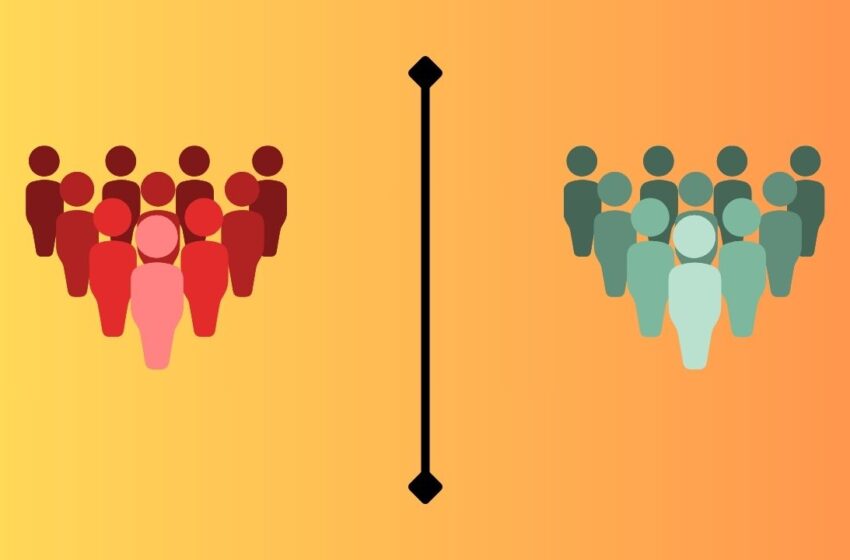Control Groups in Clinical Trials: Definition, Purpose, and Examples

Clinical trials often involve testing of new drugs or treatments to determine its effectiveness. This requires groups of patients to be tested under both controlled and experimental conditions. These groups are referred to as the control group and experimental (treatment) group.
What is a Control Group
Control Group Definition
In any comparative study, a control group is the one that serves as a baseline for the comparison of results. For instance, when testing a new drug or treatment, the control group is administered the placebo or an existing drug/treatment. The group that receives the new drug is the “experimental group” or the “treatment group.”
Control Group Example
Scenario: Say a sporting institute wants to test a new training regimen for track and field athletes. A group of 100 male athletes in a similar age group are divided into 2 groups of 50 and are subjected to different training programs. While the control group continues with the existing training, the experimental group undergoes a modified version.
Analysis: After 10 weeks, the performance of the athletes is compared in different track and field events to see whether the new training regimen helps improve results. If the difference is significant, the institute can decide that it is the best training program for their students to excel.
Importance of Control Groups
A control group in research plays a key role in designing an experiment or a clinical trial. The purpose of a control group is to help determine the efficacy and safety of the new drug, treatment, or the variable being tested. For accurate results, it is important for both control and experimental groups to have similar characteristics. This is because the results should only be evaluated in terms of the variable being tested and not influenced by other factors.
For instance, let us consider the details in the above example of testing the new training program. If the diet followed by the athletes in the control group differed from the diet of those in the experimental group, the results would not be consistent. Since both diet and training are known to affect athletes’ performance, both groups should maintain the same diet to prevent it from influencing the findings.
Control Group Examples in Research Experiments
Control groups have been adapted for decades in both clinical trials and other research experiments. Here are two popular examples.
1. The Salk polio vaccine field trials (1954)
Purpose: To test the effectiveness of the polio vaccine developed by Dr. Jonas Salk.
Research details: In 1954, over 6 lakh school students in the US were recruited to participate in this study. Two types of control groups were considered—”observed controls” and “placebo controls.” In the observed control group, one section of children received the vaccine, whereas the other section was simply observed without receiving any injection, not even the placebo. The placebo control group was deemed necessary to have a valid evaluation of the field trials.
Outcome: In 1955, the results indicated that the vaccine was nearly 90% effective.
2. The Diabetes Prevention Program (1996 to 2001)
Purpose: To determine whether lifestyle changes (better diet, regular exercise, and other interventions) can delay or prevent the occurrence of type 2 diabetes in study participants.
Research details: The DPP developed a lifestyle change program to see if its intervention could reduce the risk of diabetes in patients. Over 3,000 participants were divided into three groups: the lifestyle change group, the metformin group, and the placebo group. Participants in the first group followed the DPP lifestyle change program. Participants in the second and third groups were administered metformin (an effective medicine used for treating diabetes) and placebo, respectively, and offered standard advice about diet and physical activity.
Outcome: The results after 3 years showed that the participants in the DPP lifestyle change group had 58% lower risk of developing type 2 diabetes compared to the placebo group; the metformin group reduced the risk of diabetes by 31%. The participants underwent 10-year and 15-year follow-ups and continue to be monitored.
Summary
- Control groups are key in clinical trials and research experiments to validate the effectiveness of results.
- When dividing study participants into groups, it is important to maintain similarity between the experimental and control groups to avoid invalid results.
- The findings should be influenced only by the variable being tested and not by any other factor.





